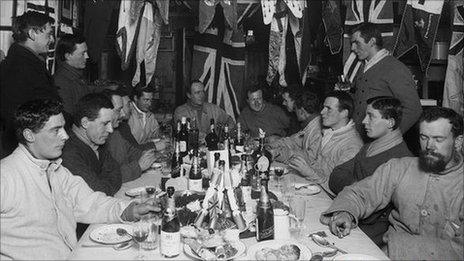Centenary of 'vital' Scott Polar Research Institute, Cambridge
- Published
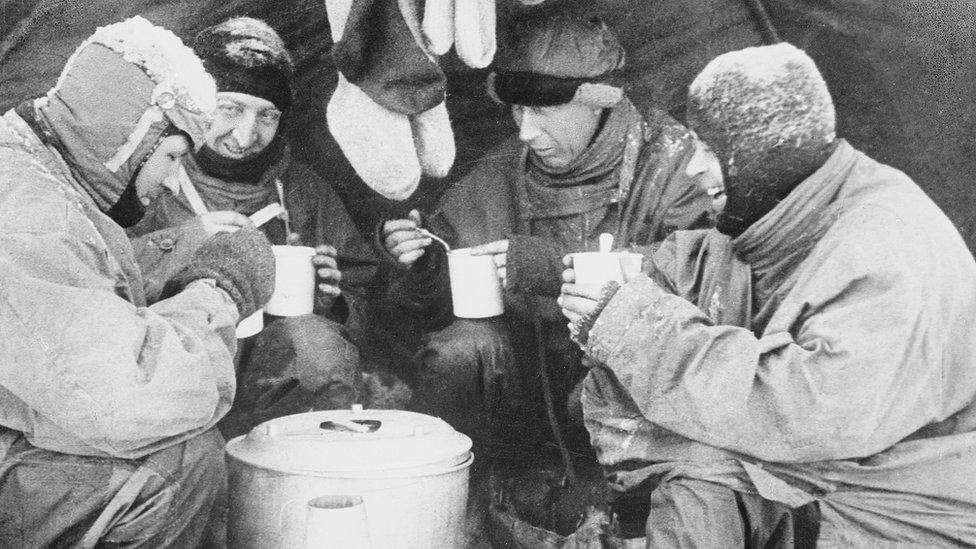
Robert Falcon Scott, Edward Wilson, Henry Bowers, Edgar Evans (all pictured) and Lawrence Oates reached the South Pole. They died attempting to return
A scientific institution founded in the wake of the fatal Scott expedition to Antarctica is "vital" to "our understanding of the global climate".
Captain Robert Falcon Scott and his four companions died returning from the South Pole in 1912.
Money poured in after his last written words were revealed to be "for God's sake look after our people".
Cambridge University founded the Scott Polar Research Institute 100 years ago using £6,000 of the £76,000 raised.
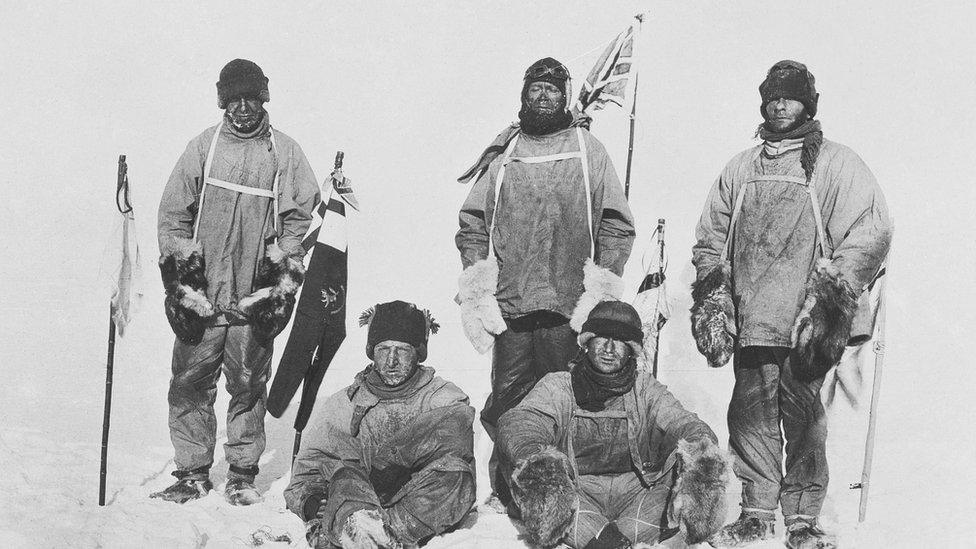
Institute director Julian Dowdeswell said the "expedition provides an early template for inter-disciplinary and collaborative scientific research in Antarctica"
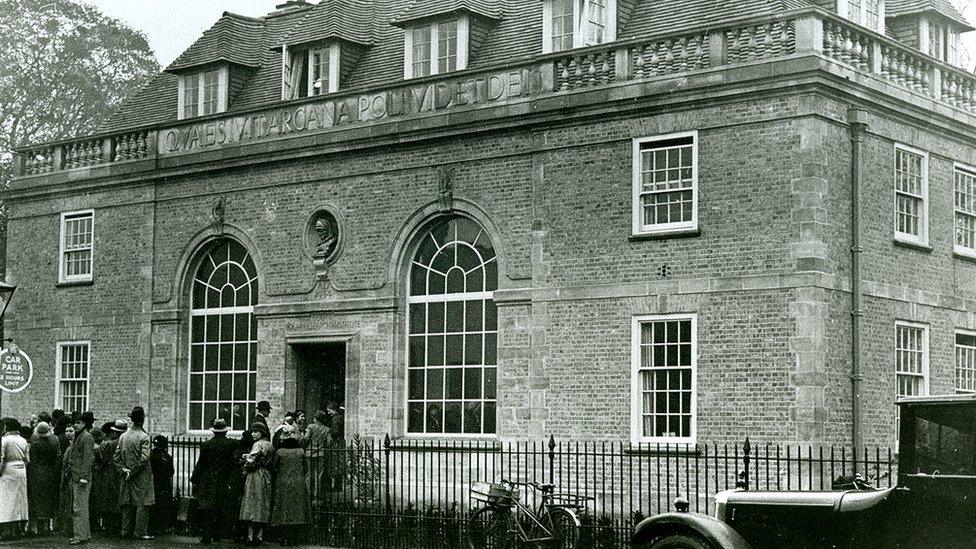
The Scott Polar Research Institute was founded by Cambridge University in 1920. Its building on Lensfield Road was opened in 1934 and cost £23,000
Captain Scott's failed attempt to lead the first team to reach the South Pole, only to be beaten by a Norwegian team, is well known.
But the 1910-1913 Terra Nova expedition was also the largest-ever research mission to the pole, involving 12 scientists.
Scott chose four companions to accompany him on the South Pole attempt - and several pounds of geological samples and scientific notebooks were found beside their bodies.
"Their observations are a century-old baseline against which contemporary change can be measured," said institute director Prof Julian Dowdeswell.
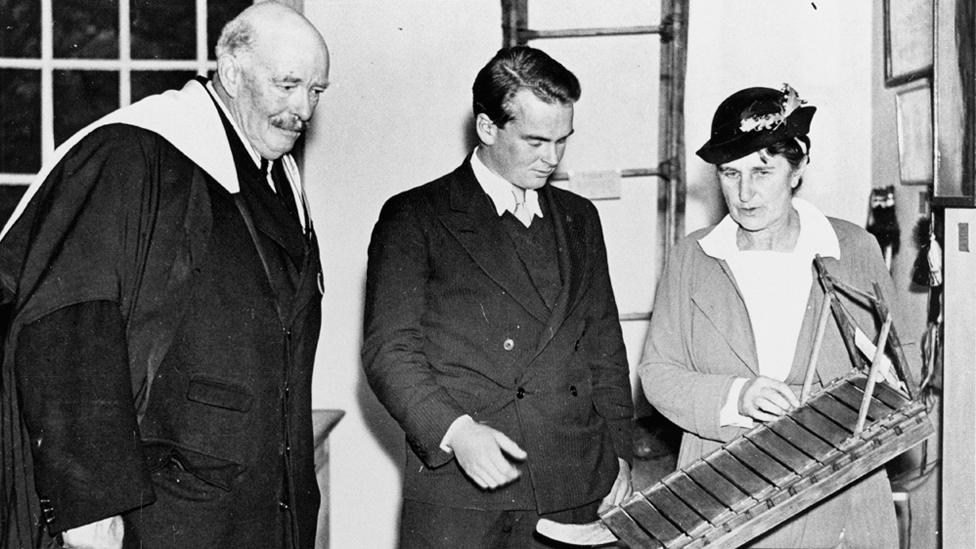
Scott's widow, the sculptor Kathleen Scott, and their son Peter at the institute. Half the £76,000 raised by the public was given to families of the men who died on the expedition
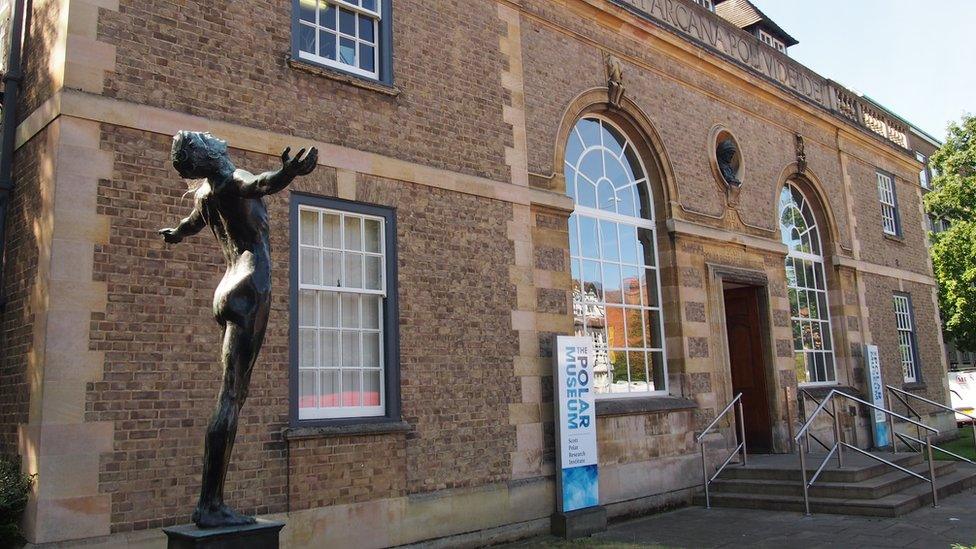
The entrance to the research institute, which also houses a museum, features a statue created by Kathleen Scott
The institute was the base for scientific expeditions to the Arctic and Antarctic in the 1930s and, during World War Two, it was the government's centre for research into cold weather warfare.
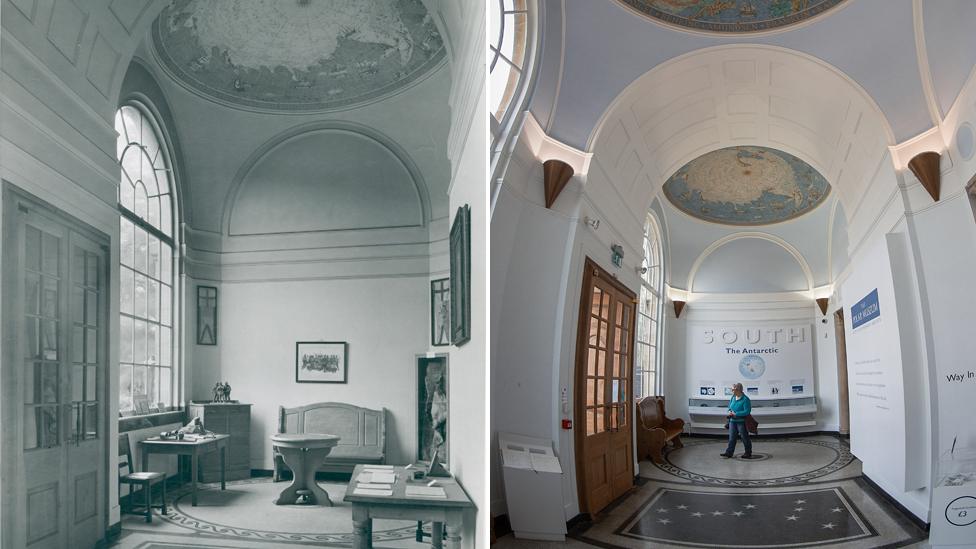
Terra Nova geologist Frank Debenham was its co-founder and first director. In 1931 he became the University of Cambridge's first professor of geography
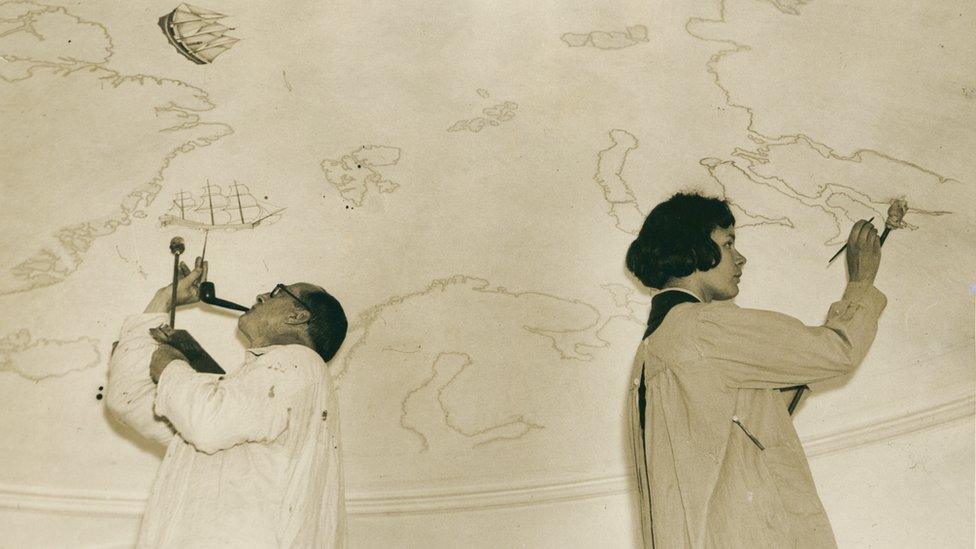
Macdonald Gill - the leading graphic artist of the era - and Priscilla Johnston painting one of the institute's domes ahead of its opening
After the war it became an international centre for research in a variety of fields related to the polar environment.
Institute associate Brian Roberts, external helped found the Antarctic Treaty in 1959, under which the continent can be "be used for peaceful purposes only", external.
Its scientists invented radio echo sounding in the 1960s to measure the depth of ice, external - an invention now used by space missions to measure ice on Mars.
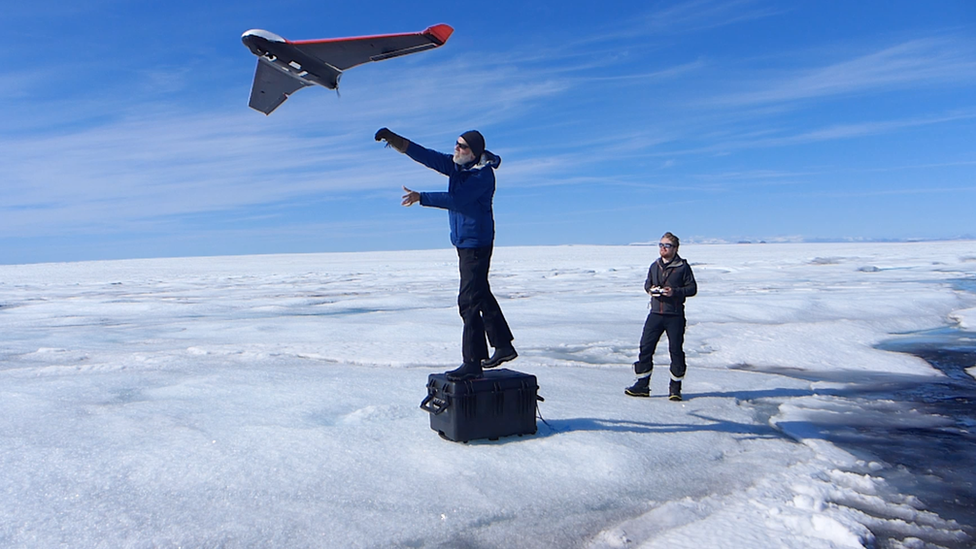
Institute researchers Dr Poul Christoffersen and PhD student Tom Chudley using drones to uncover the rate of ice sheet melt in Greenland
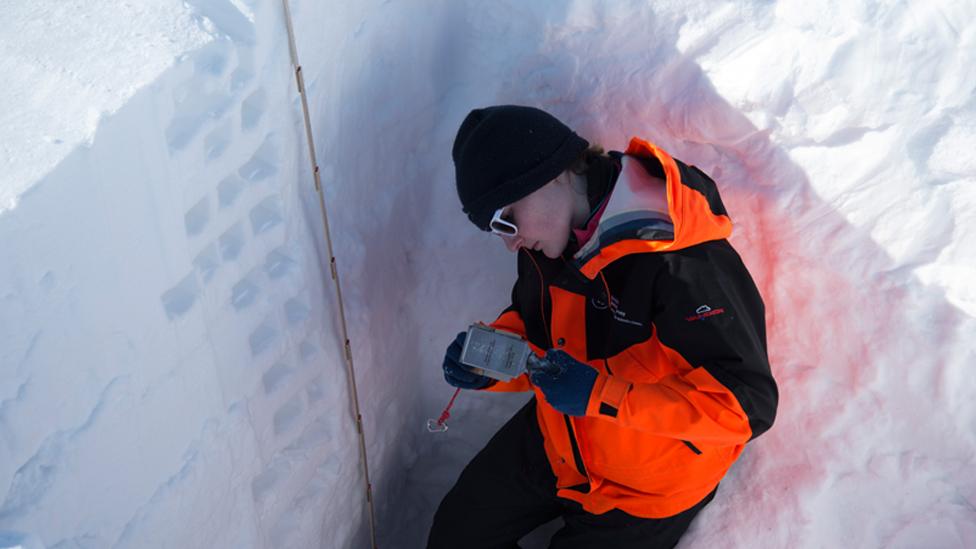
Institute PhD student Rebecca Vignols taking ice samples in Russia as part of a project to understand future changes in northern hemisphere snow cover
Most recently, researchers are using drones designed and built at the institute for a project in Greenland measuring ice sheet melt, external.
Prof Dowdeswell said: "The institute's scientific work on the icy world provides a vital component of our understanding of the global climate.
"And it continues to inspire next generations of polar researchers."
- Published3 June 2019
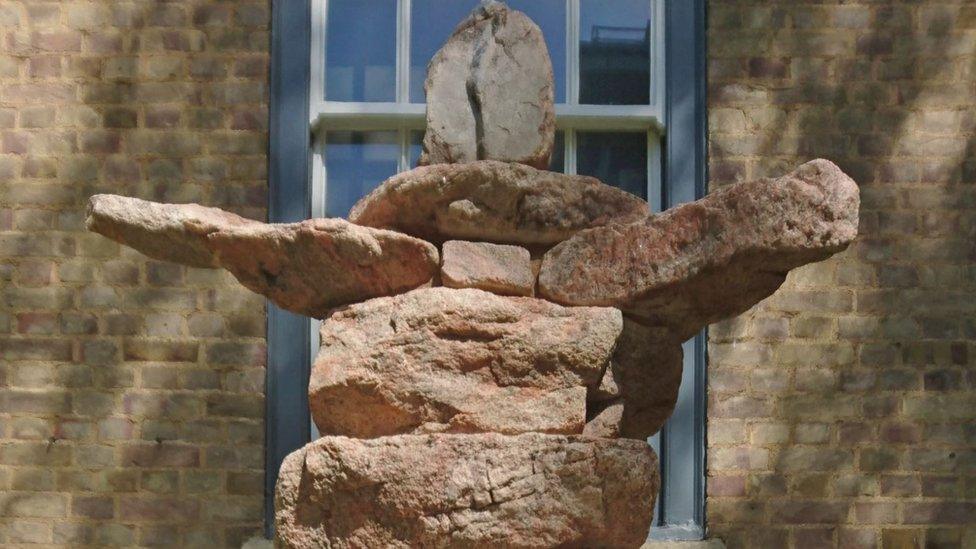
- Published8 March 2019
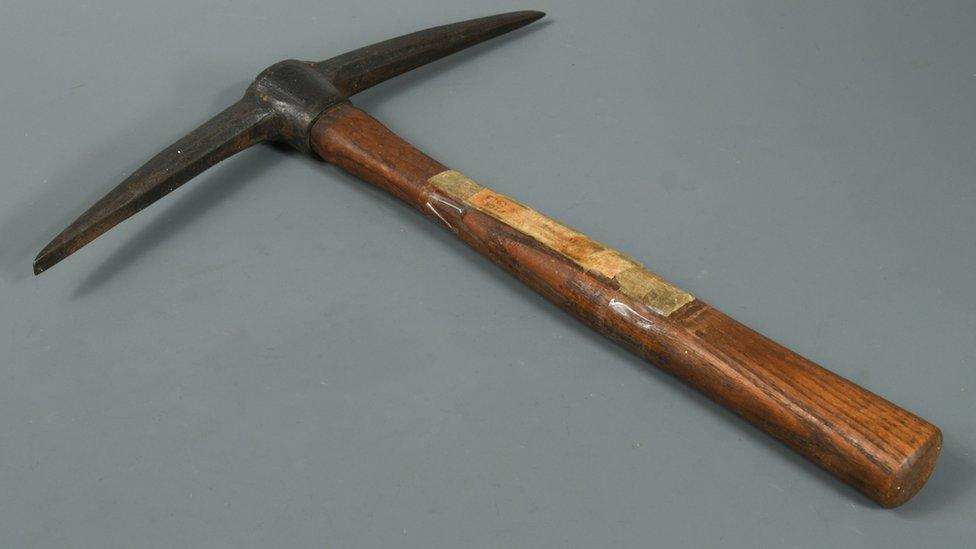
- Published10 February 2018
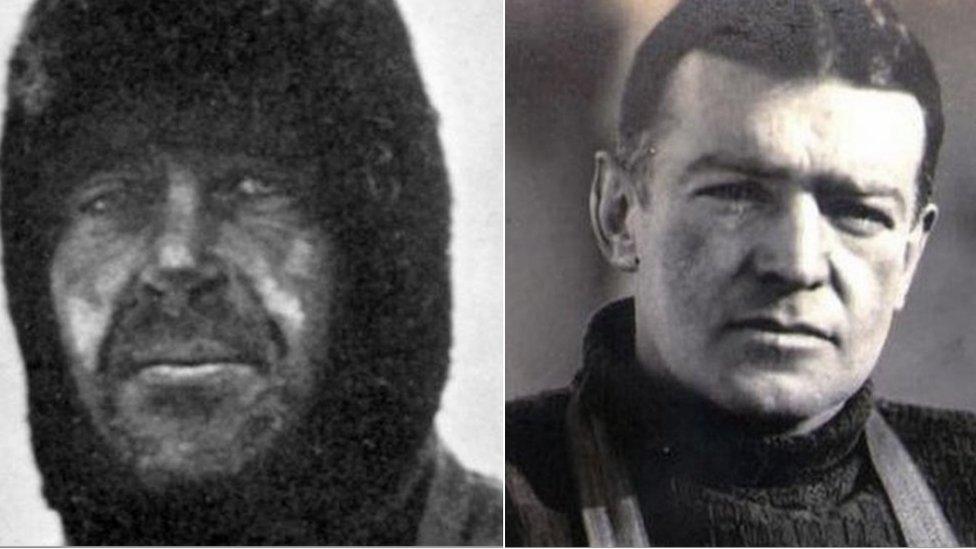
- Published1 April 2015
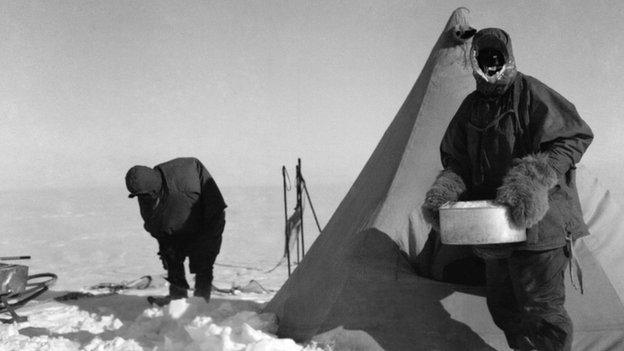
- Published7 October 2014
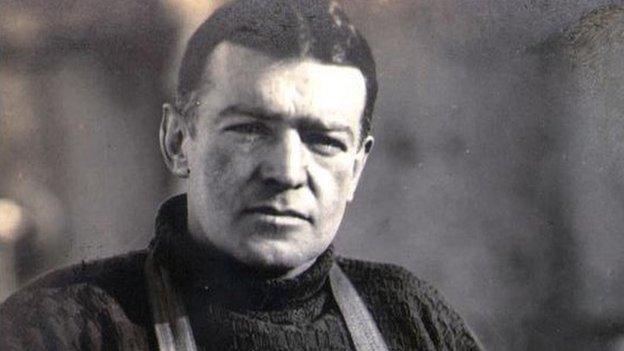
- Published17 October 2012
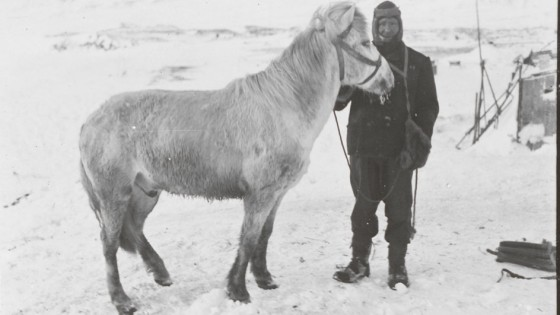
- Published23 June 2011
